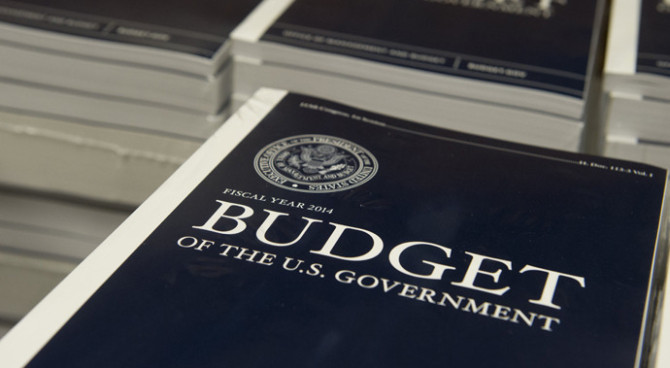Federal borrowing this year is set to pass 20% of GDP. That will raise costs across the private economy.
A democracy’s greatest challenge arises when it confronts a major crisis during an election, since the critical need for serious debate is inevitably eclipsed by political posturing and opportunism. Less than two months since the U.S. began to reckon with the Covid-19 pandemic, Washington has already passed three stimulus packages that will increase federal spending by half, quadruple the deficit, spend twice as much as existing tax revenue, and trigger the largest monetary expansion since the Civil War.
We need a reality check. New spending commitments already equal almost twice the gross domestic product loss incurred in the 2008 recession, and 20% more than all private wages and salaries paid in the last quarter of 2019. Yet only a sliver of the money has reached the intended beneficiaries. It is likely that any additional stimulus would harm the recovery more than it would help smooth the crisis.
While much is still not fully understood about the coronavirus, it’s increasingly likely existing drugs and new remedies, along with the growing availability of testing, should significantly reduce the danger the virus poses to most Americans by early summer. With research funded at levels unprecedented in human history, Americans can be reasonably confident that an effective vaccine will be developed and might be available on a trial basis to those most at risk as early as the fall.
By the same time, the economy should be beginning to recover. That means any additional government spending must reach its intended recipient by the fall to counteract the harm of the shutdown. Once the recovery is underway, private business bled by losses will need to raise capital and will be competing directly with the federal government for available funding.
In the postwar period through 2019, the federal government borrowed an average of 2.1% of GDP each year. With the $1.1 trillion deficit projected before the pandemic, $2.4 trillion of new spending and a steep drop in near-term revenues from a shrinking economy, the federal government is set to borrow 20.6% of GDP in 2020. That is more than all private investment expenditures in 2019.
Unless we are going to have Washington lead, fund and direct the recovery instead of relying on private capital and initiative and our free enterprise system, all this new government borrowing will be consuming the very oxygen that a powerful recovery will need. The U.S. is in danger of bringing back the virtually forgotten problems of government borrowing crowding out private investment, along with rising interest rates and inflation.
Part of the problem is that even in a time of bitter partisanship, consensus can almost always be found in a crisis to spend a large sum of taxpayer money. Second, since it has always been clear that we would win the war on the coronavirus, politicians and interest groups have focused from the beginning on what they want the economy to look like in the aftermath. For those who want the growing economy we had before the crisis to re-emerge—a group that presumably includes most Republicans—the goal should be to defeat the disease and reopen business while minimizing the long-term remaking of the economy caused by government programs adopted during the recession.
It has been clear from the very beginning that the congressional Democrats have sought to use the crisis to expand permanently government spending and the role government plays in the aftermath. Since by their very nature wars have tended to enlarge and empower government long after the conflict ends, Democrats hold a strong advantage in their efforts to define post-pandemic America.
The responsible approach would be for Congress to delay the consideration of new spending until the first three programs are implemented. Meanwhile the president and legislators can use their reprogramming power to shift funds from programs that aren’t working to ones that are. Congress hasn’t written a budget or passed an appropriations bill for the new fiscal year that begins Sept. 30. Any additional programs that will make payments after the beginning of the new fiscal year should be funded in the 2021 appropriations bills, where new spending will be forced to compete with old, less critical priorities. If critical funding programs such as small-business loans run out before Sept. 30, their funding alone could be considered for a targeted extension.
Based on the massive programs already adopted and the decision to use the Fed as a crisis lender, the role of government in post-coronavirus America will be significantly expanded. If another massive spending bill is passed, the capacity of private businesses and banks to lead the recovery could be smothered. In such an environment, it would be only a short leap for Democrats to demand a Depression-esque recovery program and call for the Federal Reserve to serve as recovery lender. The government would direct the recovery and the Fed would allocate credit. Is that a future most Americans want to fight for?
Mr. Gramm is a former chairman of the Senate Banking Committee. Mr. Solon is a partner of US Policy Metrics.



